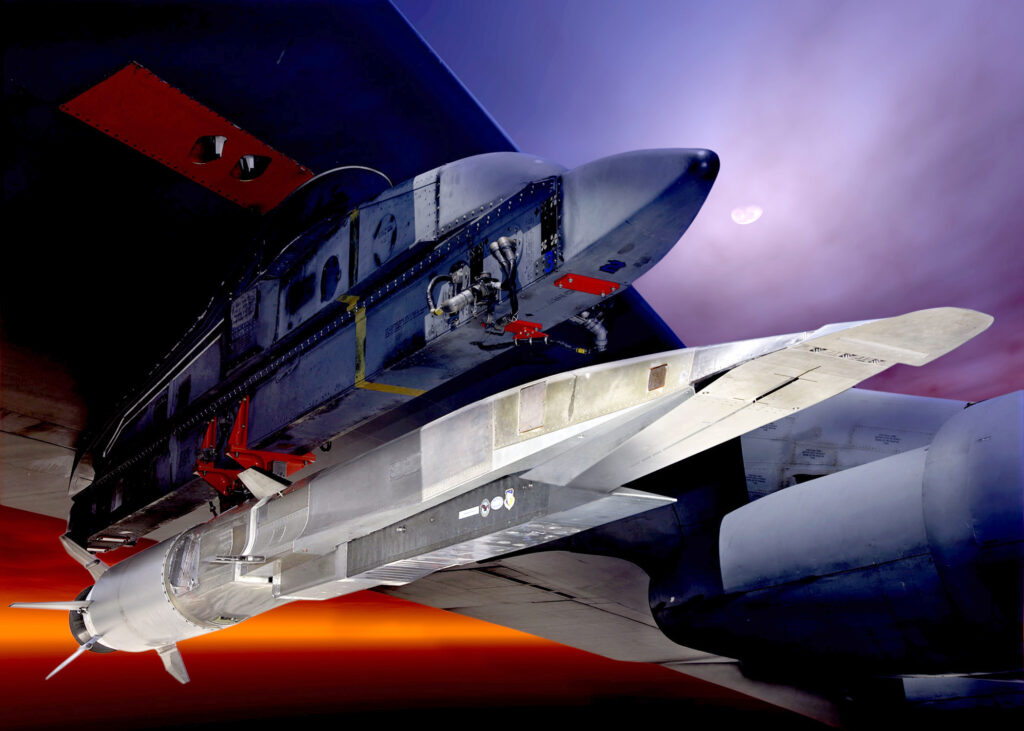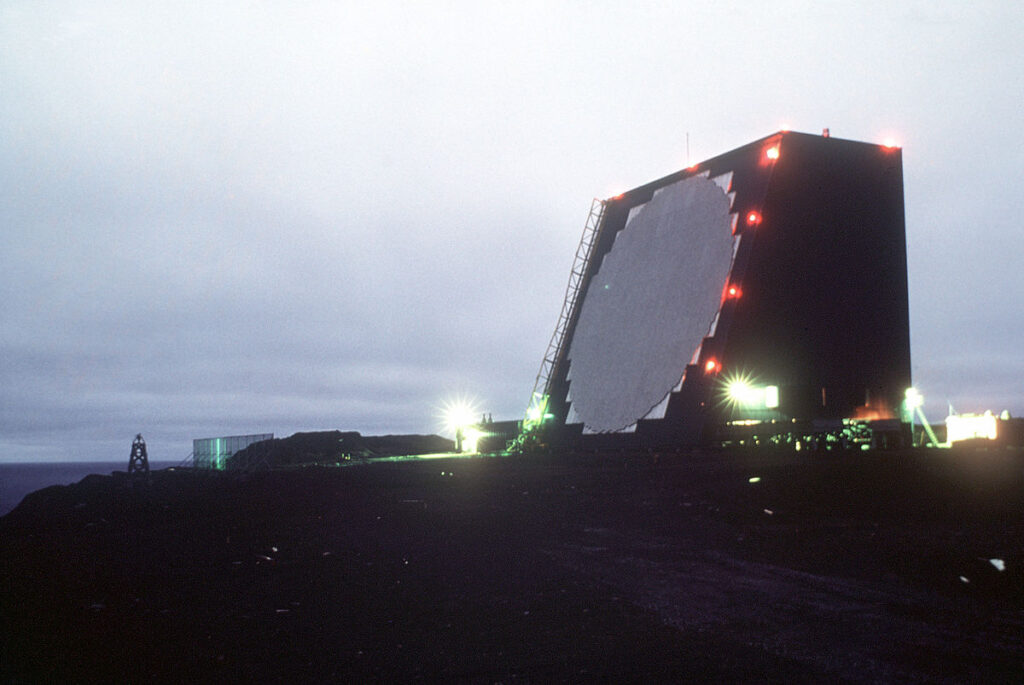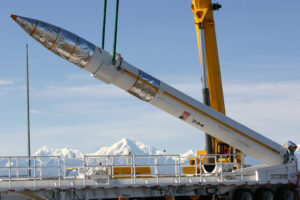Space-Based Sensors Needed For Missile Defense Vs. Hypersonics: MDA
Posted on

X-51 hypersonic test vehicle ready for launch from the wing of a B-52 bomber
WASHINGTON: The Missile Defense Agency needs sensors in orbit to track hypersonic threats, the MDA director said this week. Such satellites would use mature technology and could perform other surveillance missions to help justify their cost, Lt. Gen. Samuel Greaves told the McAleese/Credit Suisse conference Tuesday.

Lt. Gen. Samuel Greaves
Last week, as we reported, the chief of Strategic Command, Gen. John Hyten, came out in favor of space-based sensors; Greaves provided some details.
“A ballistic missile is pretty well behaved,” Greaves said, but hypersonics are unpredictable, so you have to keep a closer eye on them. IBCMs and other ballistic missiles follow a smooth ballistic path trajectory once launched — hence the name — Russia, China, and the US itself are now developing Mach 5-plus hypersonic weapons that can maneuver. (Hypersonics are actually slower than ballistic missiles but much faster than traditional cruise missiles). Since hypersonics can change course at any point, missile defenders need to keep track of them continuously from the time they’re launched.
But that’s something the current ground– and sea-based sensors cannot do, because the curve of the earth blocks their line of sight. Worse, while a ground sensor can see high-altitude targets like ballistic missiles a long way away, hypersonics can stay low and stay undetected until they’re much closer.
“If you can’t see it, you can’t shoot it,” Greaves said. “We have globally deployed sensors today, but — just look at the globe — there are gaps. What we are looking towards is to move the sensor architecture to space and use that advantage of space, in coordination with our ground assets, to remove the gaps.”
“And why is that important?” he said. “The hypersonic threat.”
It’s not only hypersonics, Greaves continued. Increasing use of countermeasures on conventional ballistic missiles — decoys or less brightly-burning propellants — also calls for continuous monitoring so you don’t lose track of the real warhead. “As the countermeasures become more complex that the enemy’s using, you have to see what they’re doing earlier in flight,” he said.
It’s the emergence of these new threats that requires a new response, Greaves said: “What’s changed? The threat has voted.”

Cobra Dane missile defense and space tracking radar in Alaska. Such ground-based sensors are not enough against a new generation of hypersonic threats, the Missile Defense Agency says.
Will It Work This Time?
The thing is, space-based sensors for missile defense are not a new idea. They were part of Reagan’s original Star Wars vision in the 1980s and Hyten worked on them as a young officer. So, I asked Greaves at the conference, how do you counter all the skeptics who say we’ve never gotten this to work before?
“We didn’t start thinking about this yesterday,” Greaves replied. “We’re not starting from scratch. We’re starting from capability that’s either existing or has developed to a point where there’s high confidence….It’s based on a design that’s absolutely achievable, Technology Readiness Level Six.”

A Ground-Based Interceptor is lowered into its missile silo in Alaska.
A TRL 6 rating is reserved for technology that has “system/subsystem model or prototype demonstration in a relevant environment (ground or space). It’s well short of something fully flight-tested, but it’s far beyond components in the lab.
“This is entirely doable. This is not unobtanium,” Greaves said. “We can work with the United States Air Force, the funding provider…. It is not a very challenging thing to do.”
Challenging or not, a new space-based sensor system won’t fit in MDA’s current budget, which is why Greaves is talking about Air Force funding. It’ll be a lot easier to get that funding if Greaves can convince other parts of the military that they can make use of the sensors too. When the satellites aren’t tracking incoming missiles — which, short of an apocalyptic war, is most of the time — they can conduct surveillance of other targets.
“There’s very little capability that we have (MDA) that does not support other missions,” Greaves said. The Cobra Dane radar, for example, spends most of its time tracking satellites, not missiles. The new space-based sensors would similarly perform other missions than missile defense much of the time, he said. What those missions would be, or how the sensors would work, he didn’t detail.
Subscribe to our newsletter
Promotions, new products and sales. Directly to your inbox.
